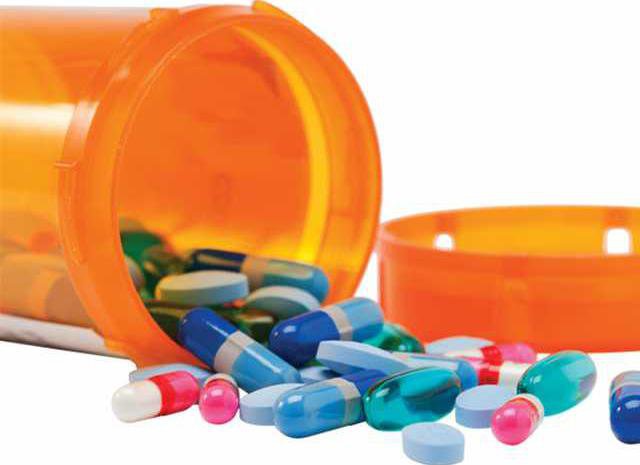Kids are curious by nature, and few things parents do go unnoticed by their children.
Though it’s good to encourage their curiosity, children might be in danger if their curiosity takes them to the medicine cabinet.
According to research conducted at the Cincinnati Children’s Hospital Medical Center, the number of children under five who required emergency medical care because of household pharmaceutical poisonings increased by 28 percent between 2001 and 2008. Dr. Randall Bond, who led the research, noted that 95 percent of those hospital visits were related to children getting into someone’s medicine and not a result of misdosing of their own medications.
The reasons for increased hospital visits can vary and might very well be a product of an increased reliance on prescription medications.
For example, the Center for Injury Research and Policy at Nationwide Children’s Hospital notes that prescriptions for oxycodone, a painkiller that can prove deadly if ingested by a child, have increased by 500 percent in recent years. That growing presence only increases the chances accidents might occur when curious kids find these medications around the house.
Regardless of the reasons behind the hospital visits, parents must take steps to ensure their children are safe from prescription medicines around the house. One way to do just that is to explain medications to kids, whether it’s about their own medicines or something
mom, dad or their siblings might take to treat an existing condition.
Explain the function of medication. Few children want to take medication, but explaining its function and how it should improve their health is a good way to reduce kids’ unwillingness to take their medicine. Discuss the child’s symptoms before administering the medicine and explain how it will alleviate those symptoms. When doing so, read the instructions to kids, making a point to explain why it’s important to follow the dosage instructions and how ignoring those dosing guidelines can prove very dangerous.
Acknowledge that medicine is not candy. Kids often don’t like taking medication because it doesn’t taste good. Acknowledge that and use this as a chance to explain that medicine isn’t candy and shouldn’t be treated as such. This is especially important if medication is in pill form and doesn’t really have a taste that kids abhor.
If the pills are brightly colored, children might be more inclined to take them and then take more of them when you’re not looking. So it’s important to explain that medicine isn’t candy no matter what it looks like, and that it should only be taken in mom and dad’s presence and in strict adherence to dosage guidelines.
Another good way to teach kids about medicine is to explain why medications aren’t stored with food. Explain that it might be safe to sneak an extra cupcake here or there, but that it’s never safe to sneak an extra pill or dose of medicine when mom and dad aren’t looking, and that’s why medicines are stored in areas that kids can’t easily access, if at all.
Explain prescription labels to children. A prescription label can also be a valuable tool when teaching kids about medications. Point out certain symbols kids won’t soon forget, like poison symbols or skulls and explain that they should never take anything out of such bottles without parents present. Also, point out the doctor’s name on your own prescriptions, and explain that not even mom and dad can take medication unsupervised. This illustrates to kids that everyone, even grownups, must be under supervision when taking medication.
Help children understand medicines


Sign up for our e-newsletters